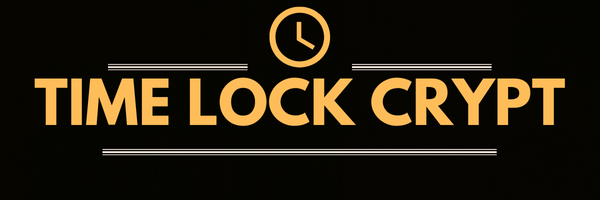https://github.com/positive-intentions/chat
Is this a secure messaging app? probably not... but id like to share some details about how my app works so you can tell me what im missing. id like to have wording in my app to say something like "most secure chat app in the world"... i probably cant do that because it doesnt qualify... but i want to understand why?
im not an expert on cyber security or cryptography. im sure there are many gaps in my knowlege in this domain.
using javascript, i created a chat app. it is using peerjs-server to create an encrypted webrtc connection. this is then used to exchange additional encryption keys from cryptography functions built into browsers to add a redundent layer of encryption. the key exchange is done like diffie-helman over webrtc (which can be considered secure when exchanged over public channels). the algorithms are fairly easy to use and interchangable as described here.
- i sometimes recieve feedback like "javascript is inherently insecure". i disagree with this and have opened sourced my cryptography module. its basically a thin wrapper around vanilla crypto functions of a browser. a prev post on the matter.
- another concern for my kind of app (PWA) is that the developer may introduce malicious code. this is an important point for which i open sourced the project and give instructions for selfhosting. selhosting this app has some unique features. unlike many other selfhosted projects, this app can be hosted on github-pages for free (instructions are provided in the readme). im also working on introducing a way that users can selfhost federated modules. a prev post on the matter.
- to prevent things like browser extensions, the app uses strict CSP headers to prevent unauthorised code from running. selfhosting users should take note of this when setting up their own instance.
- i received feedback the Signal/Simplex protocol is great, etc. id like to compare that opinion to the observation in how my todo app demo works. (the work is all experimental work-in-progress and far from finished). the demo shows a simple functionality for a basic decentralized todo list. this should already be reasonably secure. i could add handlers for exchanging keys diffie-helman style. which at this point is relatively trivial to implement. I think it's simplicity could be a security feature.
- the key detail that makes this approach unique, is because as a webapp, unlike other solutions, users have a choice of using any device/os/browser.
i think if i stick to the principle of avoiding using any kind of "required" service provider (myself included) and allowing the frontend and the backend to be hosted independently, im on track for creating a chat system with the "fewest moving parts". im hope you will agree this is true p2p and i hope i can use this as a step towards true privacy and security. security might be further improved by using a trusted VPN.
i created a threat-model for the app in hopes that i could get a pro-bono security assessment, but understandable the project is too complicated for pro-bono work. i contacted "Trail of bits" because of their work on SimpleX and they have quoted me $50,000. the best i can offer is "open-source and communicating on reddit". (note: i asked them if i can share those details... summarized response: the SOW is confidential, but i can share the quote.)
while there are several similar apps out there like mine. i think mine is distinctly a different approach. so its hard to find best practices for the functionalities i want to achieve. in particular security practices to use when using p2p technology.
(note: this app is an unstable, experiment, proof of concept and not ready to replace any other app or service. It's far from finished and provided for testing and demo purposes only.)

